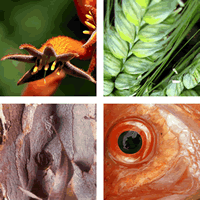Permits and applications
Q: Are permits required to import organisms and potential carriers from interstate?
A: Not all require permits. For those that do, contact Quarantine WA on +61 (0)8 9334 1824 or email followup@agric.wa.gov.au
Q: If an organism is prohibited or restricted entry into Western Australia, can I import it for experimental purposes, export of processing?
A: It may be possible under conditions given in a permit. DAFWA’s Pest and Disease Information Service (PaDIS) can be contacted on freecall 1800 084 881 or email: info@agric.wa.gov.au and they will transfer you to the relevant person
Q: Where do I get a permit to keep my bird?
A: Contact the Licensing Branch of the Department of Environment and Conservation on +61 (0)8 9423 2441 or email wildlifelicensing@dec.wa.gov.au
Q: Where do I obtain information about the keeping requirements for my aviary bird?
A: WAOL will provide information on which birds can be kept in private aviculture and other information will also be available on the DAFWA website. DAFWA’s Pest and Disease Information Service (PaDIS) can be contacted on freecall 1800 084 881 or email: info@agric.wa.gov.au and they will transfer you to the relevant person
Q: Who should I contact in DAFWA for permit applications?
A: DAFWA’s Pest and Disease Information Service (PaDIS) can be contacted on freecall 1800 084 881 or email: info@agric.wa.gov.au and they will transfer you to the relevant person.

